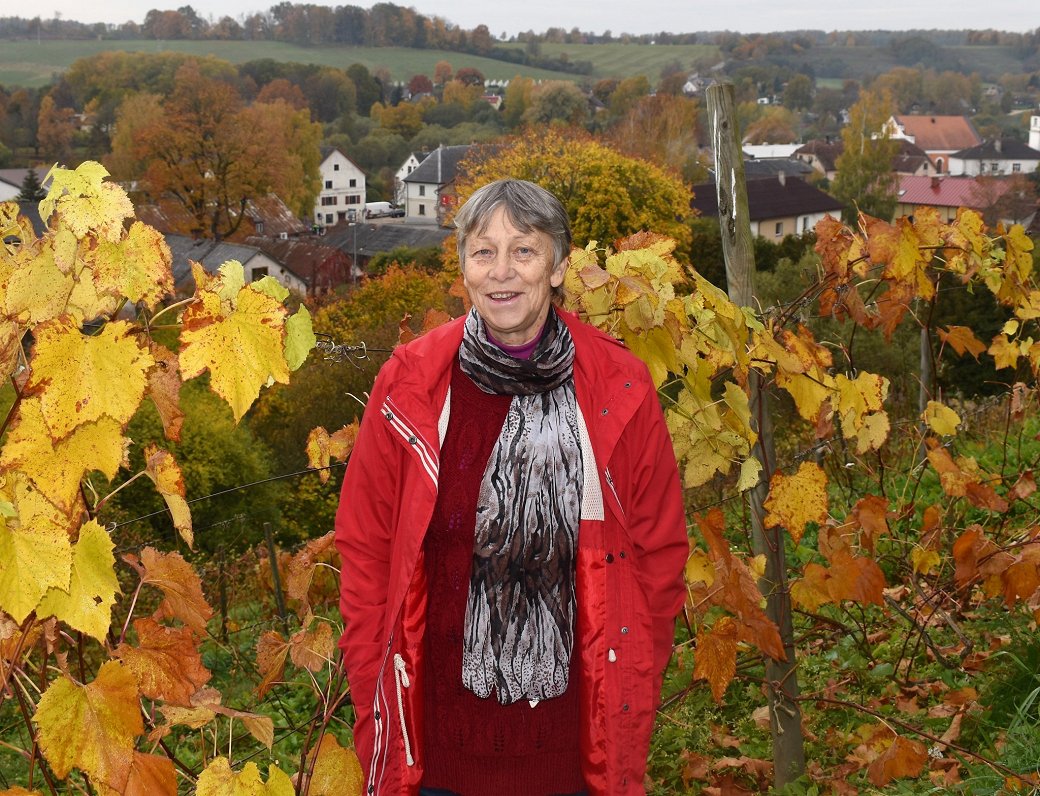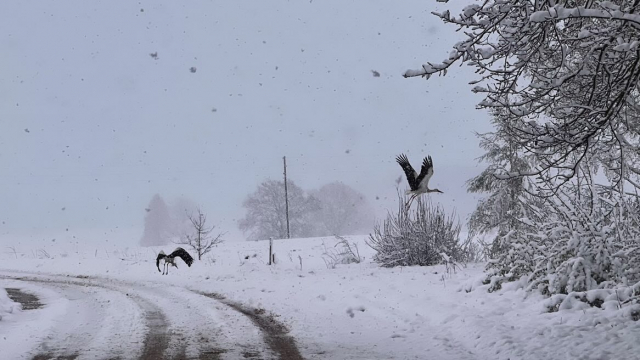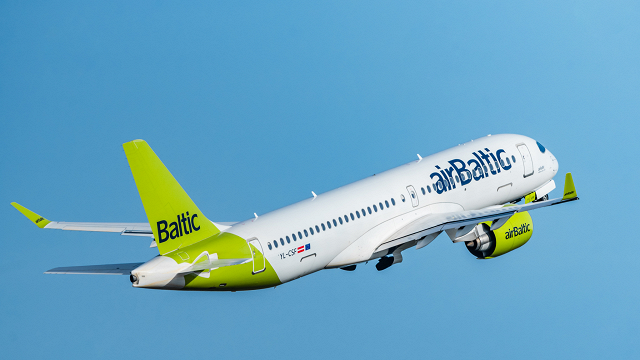From Valmiermuiža Brewery to the Daugavpils Moonshine Museum, alcoholic beverages are a big tourist draw across Latvia. But few tippling sites tickle the fancy of the curious like a picturesque hill in the middle of Kurzeme.
The boozy attraction in question is Sabile Wine Hill, 105 km west of Riga. For four centuries, grapes have been grown at these seemingly forbidding latitudes and turned into palatable plonk. This is all the more remarkable, because as well as long winters, local imbibing habits aren’t favourable either.
“Latvians love a beer or a cider in summer, and shall we say something stronger in winter,” says Smaida Dzērve, who is today the head gardener of the vineyard. “Wine is something you have when you go visit friends, but you’d have a glass over the evening - you’d never finish the whole bottle.”
In the 17th century, Duke Jacob of Courland put western Latvia on the map, nurturing trade and industry and even forming colonies in Africa and the Caribbean. And to slake the thirst of his cosmopolitan court, he established a vineyard in Sabile.
Abandoned after the duchy’s demise in the 18th century, the vineyard was revived in the 1930s, and thanks to scientists at the Pūre Agricultural Research Centre it continued bearing fruit up the 1970s. There followed another hiatus until enthusiastic students started replanting vines in the late 1980s.
Smaida was born and raised in the surrounding Abava River Valley, and as a professional agronomist she knows local conditions well. What s more, one of her husband’s aunts had worked at the vineyard in the post war years, so she had an insight into winemaking long before Google or Mediterranean holidays made information widely accessible for Latvians.
So, when one of the vineyard gardeners retired in 2007, the local council considered her an ideal replacement. As well as tending the vines, her job also involves making wine at her family farm Drubazas just outside of town. The resulting products are gifted by the municipality to visiting dignitaries and served at the Sabile Wine Festival, held every September.
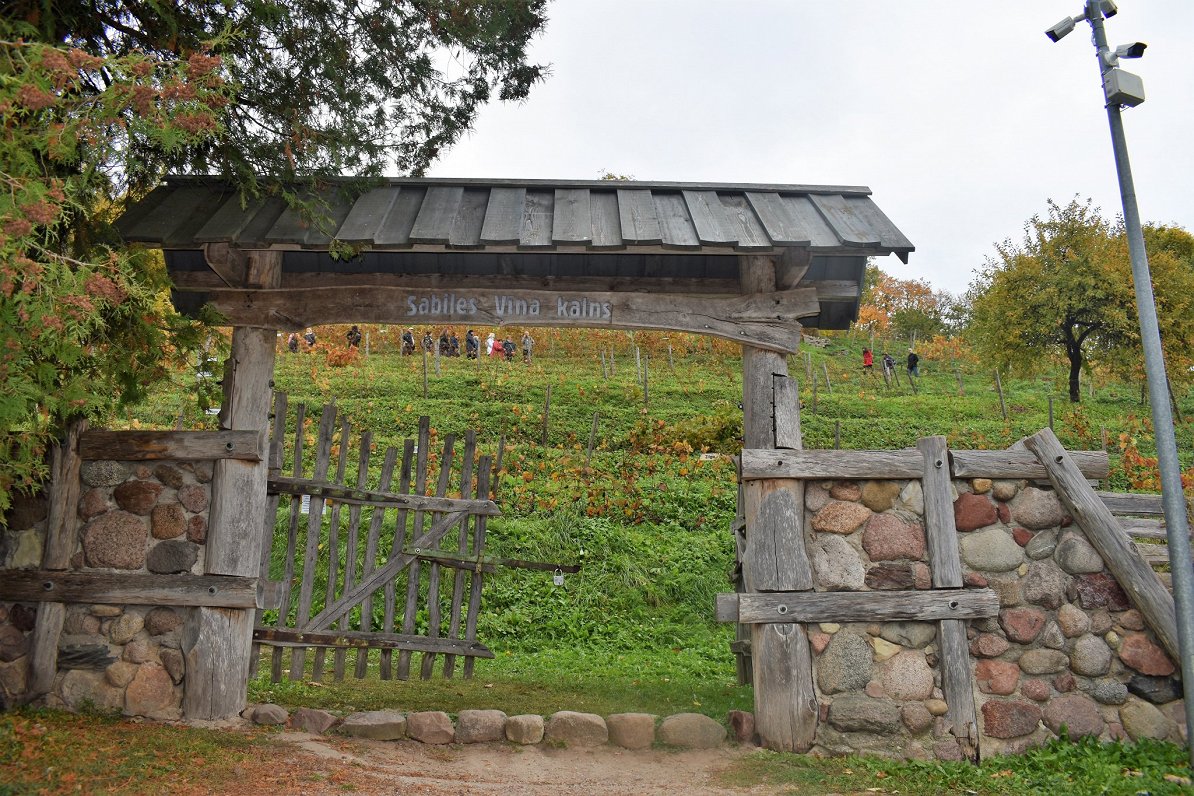
The wine hill covers about 1.5 hectares and rises 34 metres above Sabile, affording lovely views of the historic town and the Abava River. Some of the sculptures at Pedvāle Art Park can be seen on the other side of the valley. Although the vineyard is south facing and lies in a windbreak protecting it from frosts, it takes a lot of hard work to produce a worthwhile crop. Under a law passed in 2010, Latvians are allowed to make wine for their own consumption, but most homegrown efforts collide with tough horticultural realities.
“We’re not talking about an apple tree or blackcurrant bush which you just plant and then trim and fertilise a bit,” says Smaida. “You have to constantly prune the vines if you want nice bunches with sweet grapes which ripen at roughly the same time.”
Smaida has tirelessly planted grape varieties developed over half a century ago by Latvian biologist Pauls Sukatnieks, which are hardy enough to endure the gruelling winters. Of the more than 20 varieties, the most common is the red “Zilga,” but there are also white and rose grapes.
Sabile is often acclaimed as the world’s most northerly vineyard. Smaida says she has seen Swedish editions of the Guinness Book of Records from the early 1990s attesting to this fact. So it is not an empty boast, even if a private winery recently established near Sabile is possibly a little further out.
In any case, such quibbles don’t deter visitors, who flood in during late summer when the fruit is nearing maturity. Unfortunately, these day trippers are some of the garden’s biggest pests. Signs urging visitors not to eat the grapes go unheeded, reducing the already modest harvest even further.
This year, thanks to very hot weather, the vines yielded about 1,000 kg of grapes, compared to around 800 kg most years. To further boost production, Smaida has also planted vines at Drubazas. Tourists pop into the property to sample her grape wine, as well as nectar made from rhubarb, plum and other fruits, which are commonplace for Latvians but an exotic curiosity for foreigners.
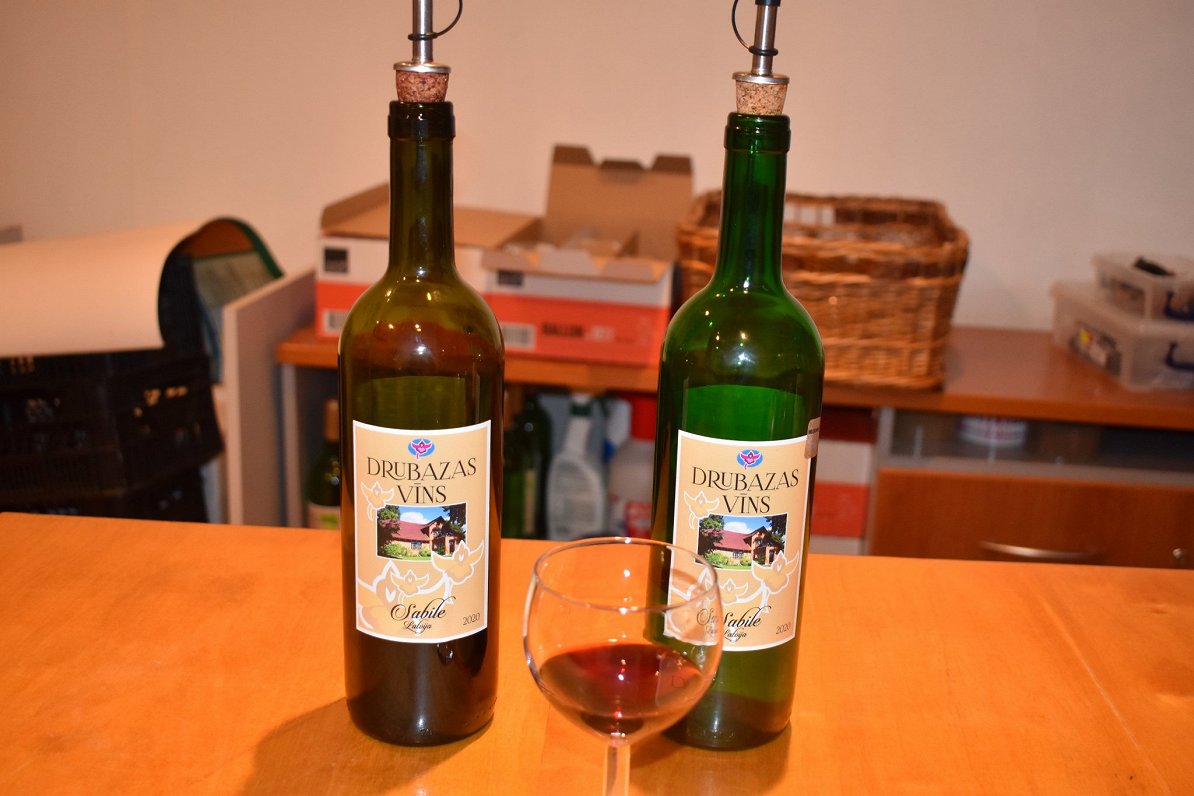
Asked about her own favourite wines, Smaida laughs aloud. Truth be told, she doesn’t like wine much. Of course, she tastes her own concoctions, and when visitors bring a bottle she will sample a bit. But it’s the process not the result which makes her face light up (incidentally, her name literally means “smile” in Latvian.)
“They come from all over to enjoy this natural wonder,” she says. “I remember a Greek businessman from Moscow who came here to the Wine Hill thinking there would be a single gape vine in a field. But he and his wife spent half a day here, enjoying the heavenly peace and quiet.”
